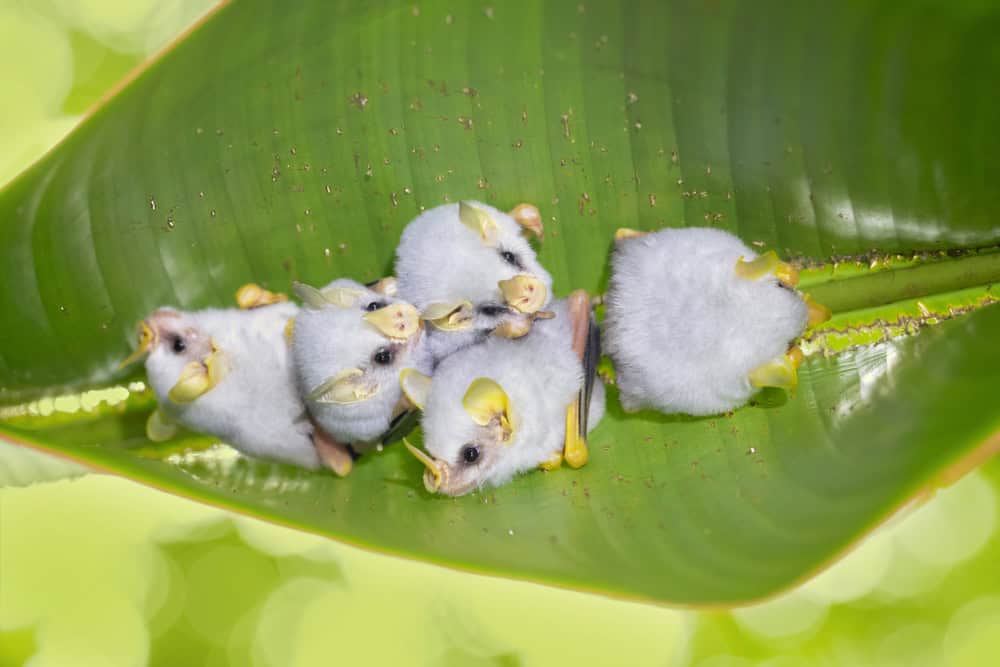The natural world is home to countless remarkable mammals, many of which are facing the threat of extinction. These endangered species, from the elusive Sumatran rhino to the rare Bactrian camel, are struggling to survive due to habitat loss, poaching, and other human activities. Conservation efforts are critical to their survival, requiring global cooperation and innovative strategies. Here, we explore some of the most endangered mammals in the wild, highlighting their unique characteristics and the urgent need for their protection.
Sumatran Rhino
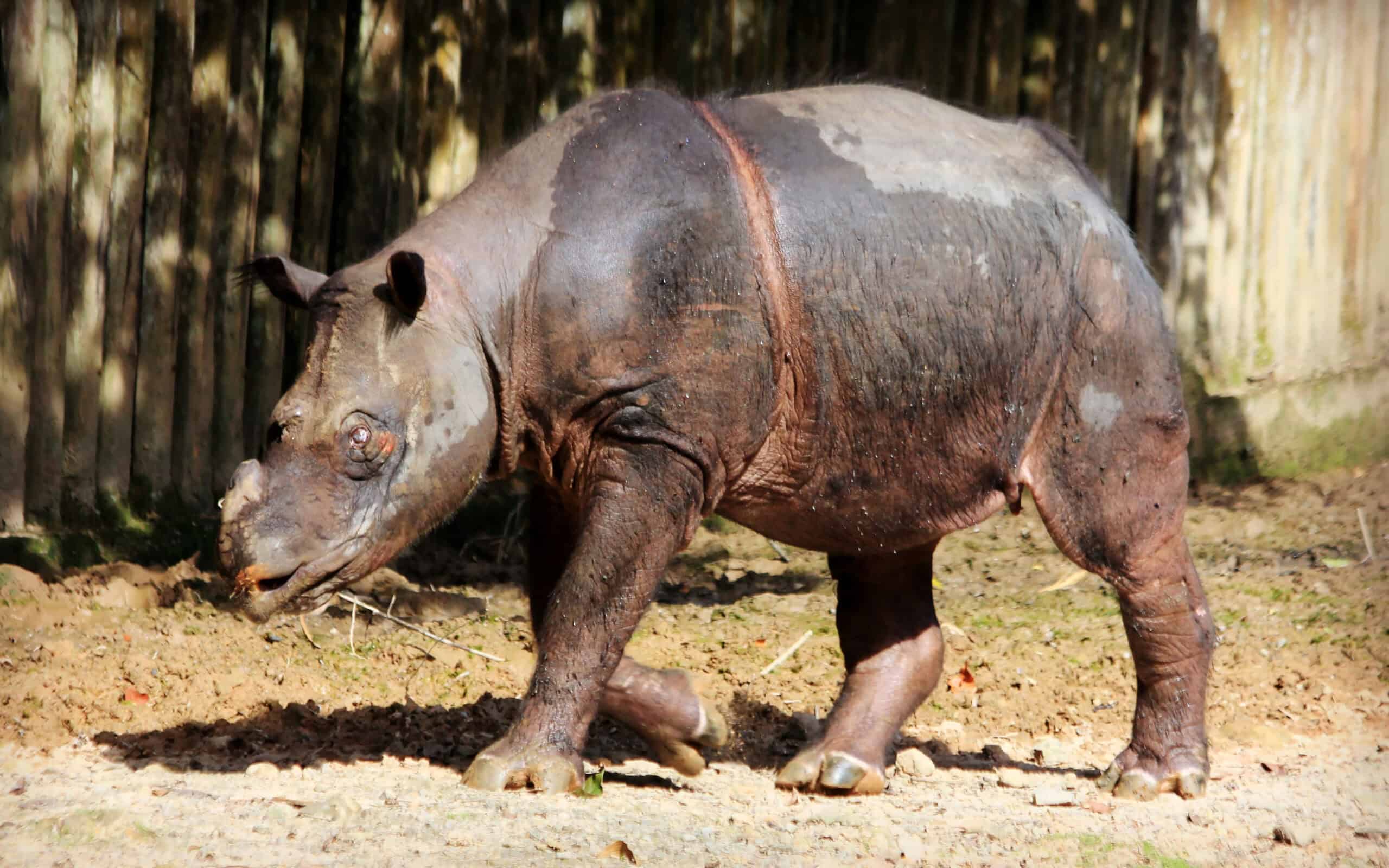
The Sumatran rhino is critically endangered, with fewer than 80 individuals left in the wild. Habitat loss and poaching for their horns have drastically reduced their numbers. They are the smallest of the rhino species, characterized by a hairy coat and two horns. Found in the dense forests of Indonesia and Malaysia, these solitary animals rely on thick vegetation for cover. Conservation efforts, including captive breeding programs and habitat protection, are crucial for their survival.
Vaquita
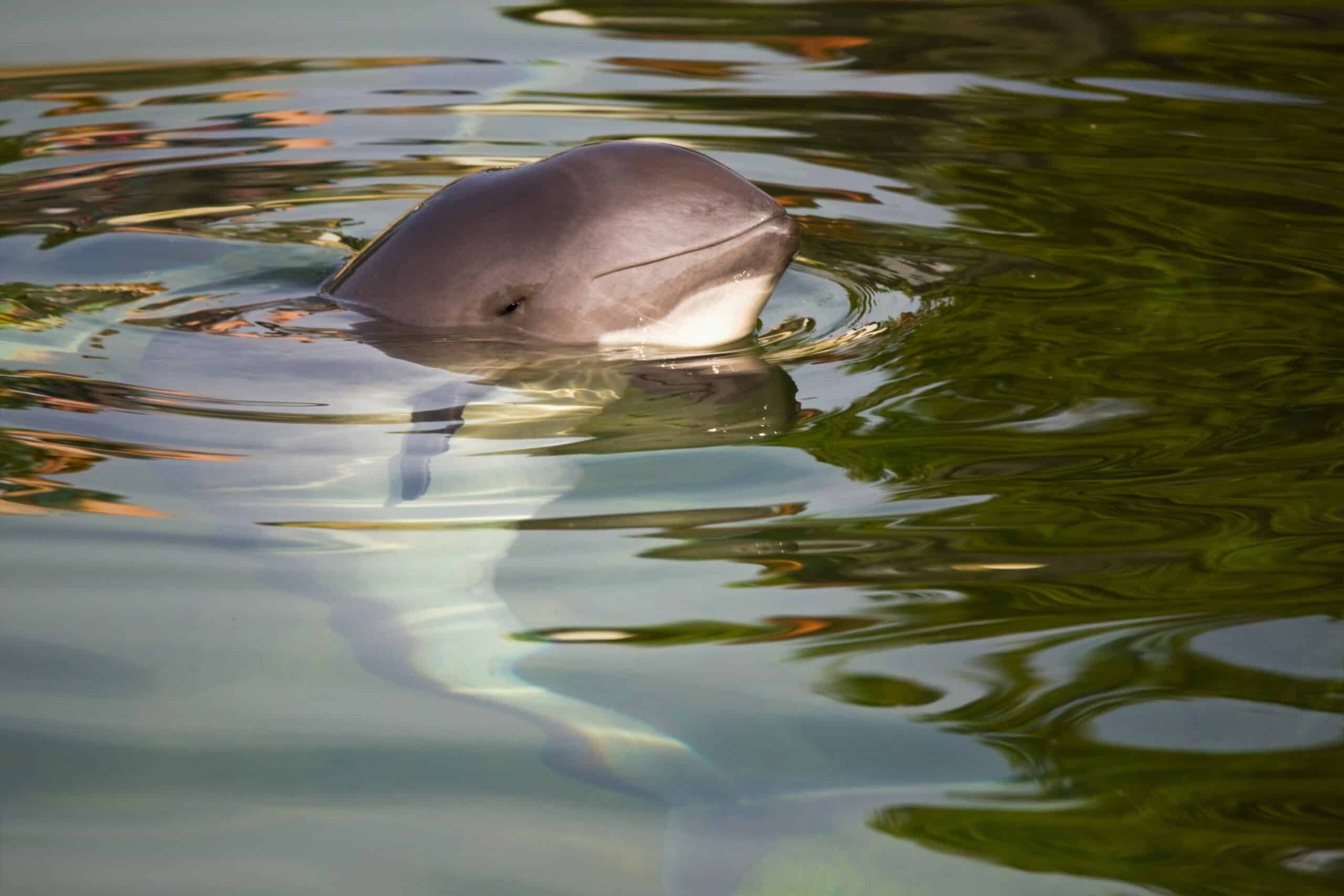
The vaquita, a small porpoise, is the most endangered marine mammal in the world. With only about 10 individuals remaining, they are on the brink of extinction. Found exclusively in the northern part of the Gulf of California, illegal fishing practices have decimated their population. Entanglement in gillnets, used for catching another endangered species, the totoaba, is the primary threat. Urgent international cooperation and strict enforcement of fishing regulations are needed to prevent their extinction.
Javan Rhino
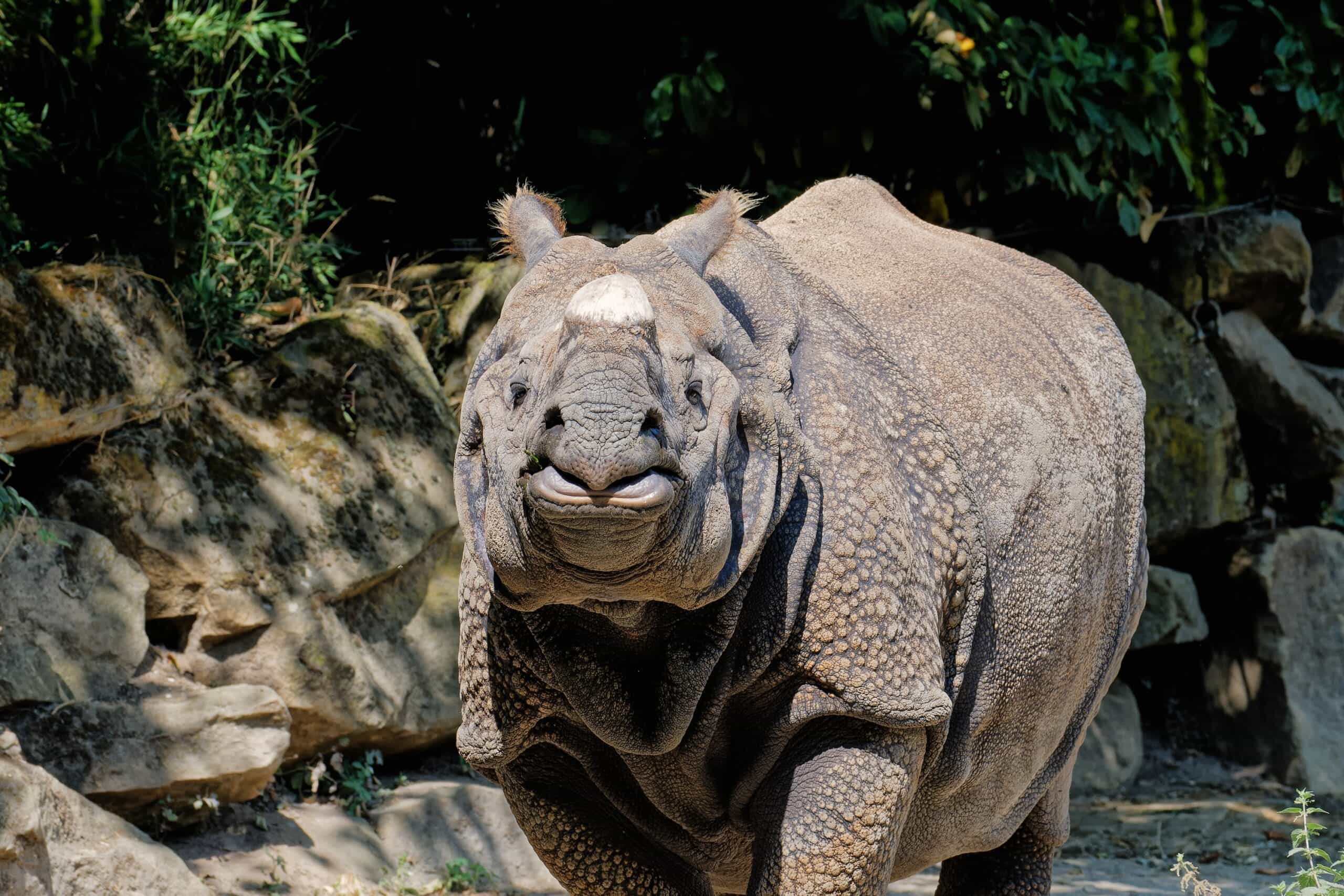
The Javan rhino is one of the rarest large mammals on Earth, with only about 74 individuals remaining in the wild. They are confined to Ujung Kulon National Park on the Indonesian island of Java. Habitat destruction, natural disasters, and disease pose significant threats to their survival. Unlike other rhino species, Javan rhinos have a single horn and a mosaic-like skin pattern. Conservation efforts focus on habitat protection, anti-poaching measures, and potentially establishing new populations in safe areas.
Amur Leopard
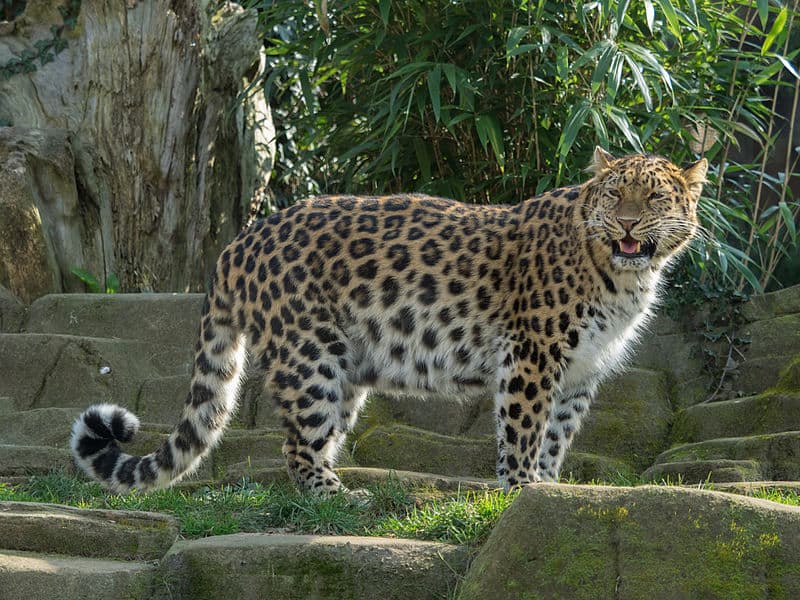
The Amur leopard is critically endangered, with fewer than 100 individuals left in the wild. Native to the temperate forests of the Russian Far East and northeastern China, they face threats from poaching, habitat loss, and human-wildlife conflict. Amur leopards have a thick coat with widely spaced rosettes, which helps them blend into their snowy environment. Conservation efforts include anti-poaching patrols, habitat restoration, and community engagement programs. Their population is slowly increasing due to these concerted efforts.
Mountain Gorilla
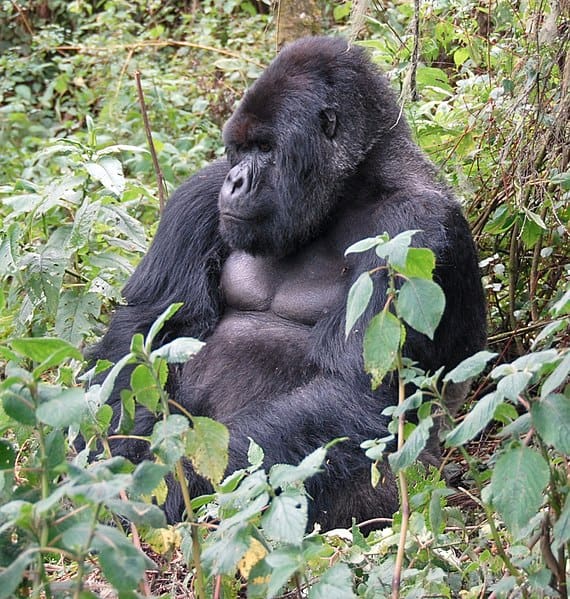
Mountain gorillas are found in the volcanic mountain regions of Rwanda, Uganda, and the Democratic Republic of Congo. With a population of around 1,063 individuals, they are critically endangered due to poaching, habitat destruction, and disease. Mountain gorillas live in social groups led by a dominant male, known as a silverback. Conservation efforts have been successful in recent years, with the population showing a slow but steady increase. Ecotourism and strict protection measures are key to their continued survival.
Saola
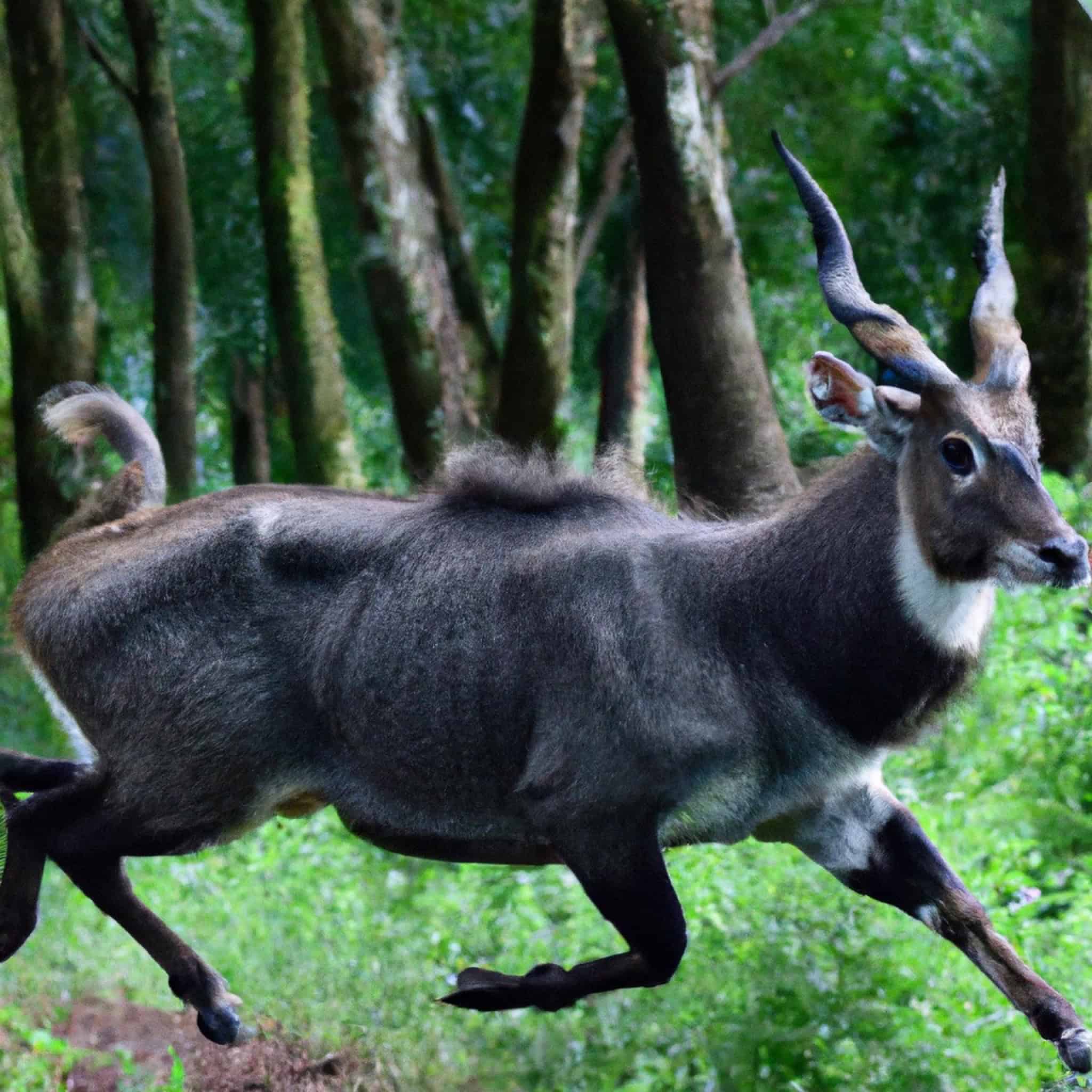
The saola, also known as the Asian unicorn, is one of the most elusive and endangered mammals. Discovered in 1992 in the Annamite Range of Vietnam and Laos, fewer than 100 individuals are believed to exist. They are threatened by habitat loss and poaching for traditional medicine. Saolas have distinctive long, straight horns and white facial markings. Conservation efforts focus on habitat protection and reducing poaching through community-based initiatives.
Sumatran Orangutan
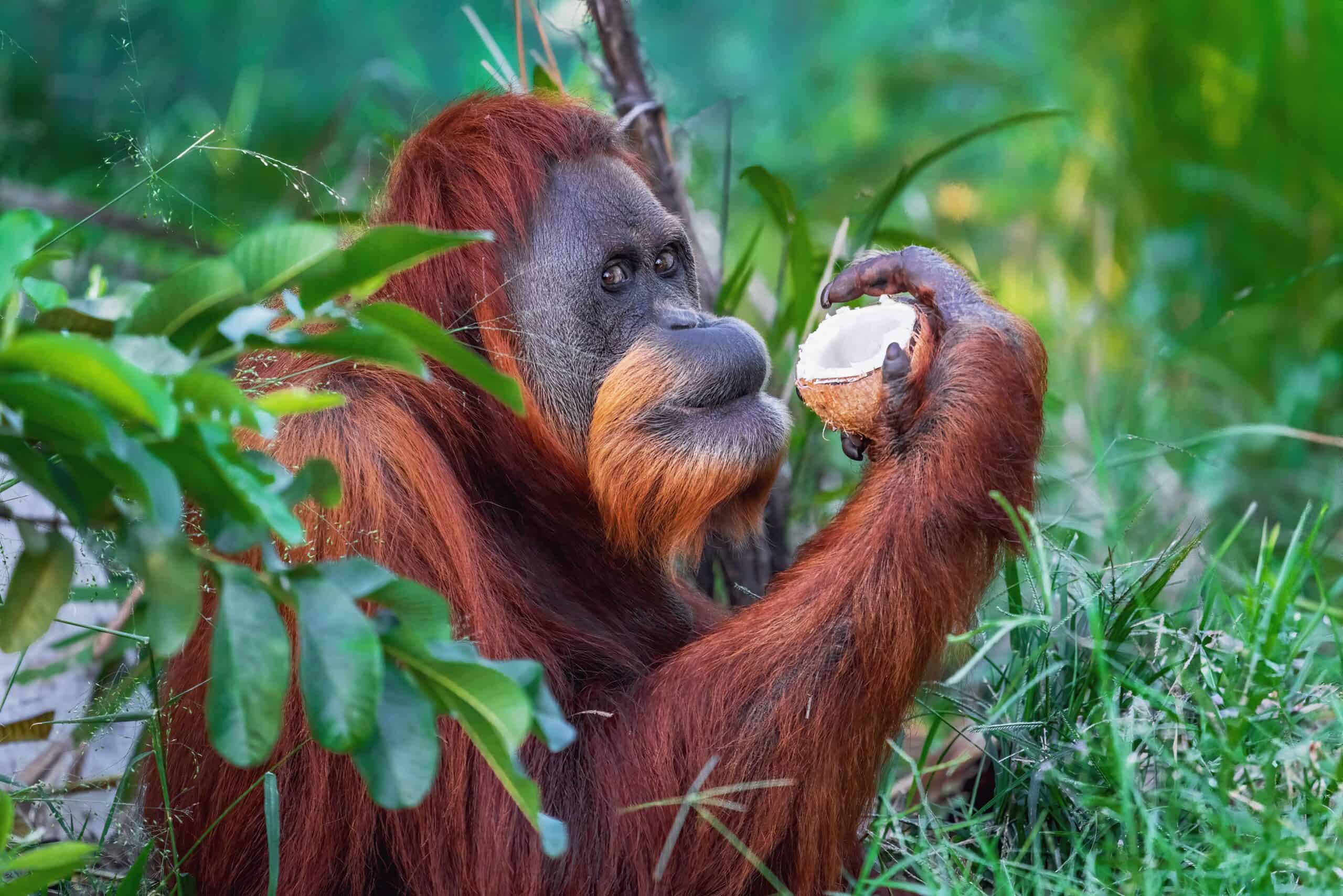
The Sumatran orangutan is critically endangered, with an estimated population of around 14,000 individuals. Found only on the island of Sumatra, Indonesia, they are threatened by deforestation, palm oil plantations, and illegal hunting. Sumatran orangutans are arboreal, spending most of their lives in trees. They have a slow reproductive rate, with females giving birth only once every 7-9 years. Conservation strategies include habitat preservation, reforestation, and anti-poaching efforts.
Black-footed Ferret
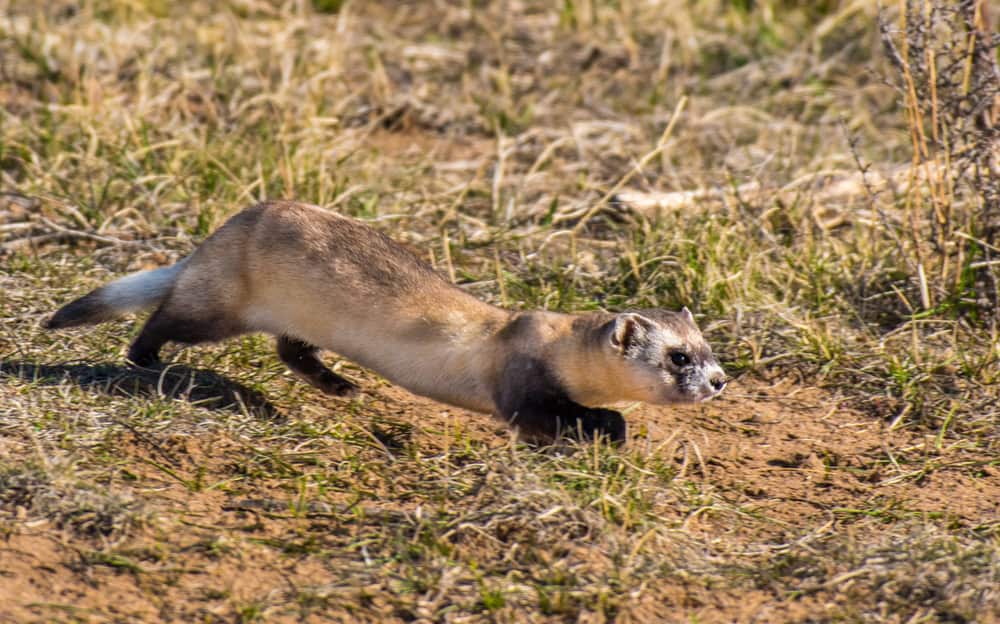
The black-footed ferret is one of North America’s most endangered mammals. Once thought extinct, their population has rebounded to around 370 individuals in the wild, thanks to intensive conservation efforts. They are native to the Great Plains and rely on prairie dog colonies for food and shelter. Habitat loss and disease, particularly sylvatic plague, pose ongoing threats. Breeding and reintroduction programs, along with disease management, are essential for their recovery.
Sumatran Tiger
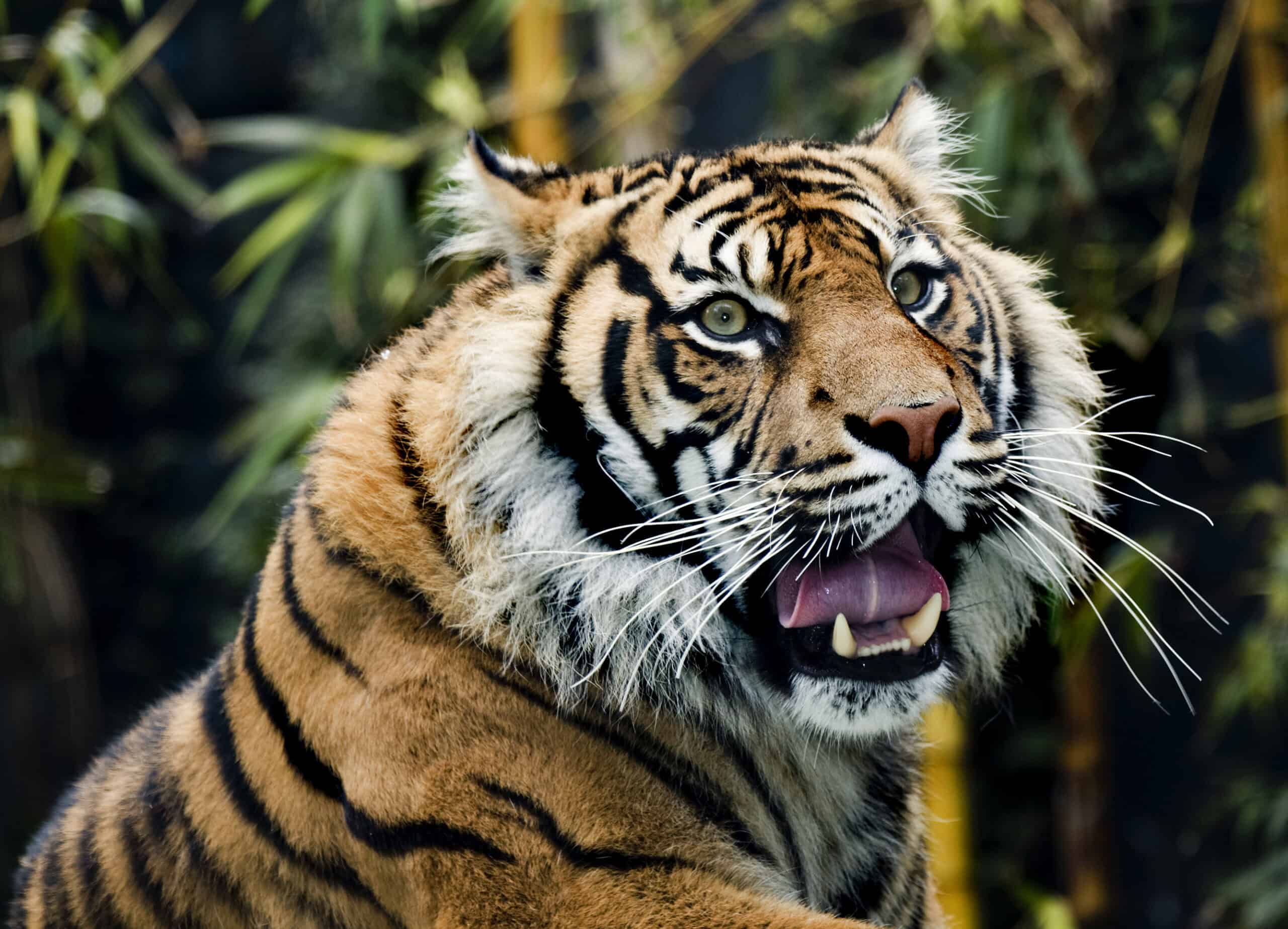
The Sumatran tiger is the smallest surviving tiger subspecies, with fewer than 400 individuals left in the wild. Native to the Indonesian island of Sumatra, they are critically endangered due to poaching and habitat loss. Sumatran tigers have a unique appearance, with darker, more closely spaced stripes than other tiger subspecies. They inhabit diverse environments, from lowland forests to mountainous regions. Conservation efforts include anti-poaching patrols, habitat protection, and reducing human-tiger conflict.
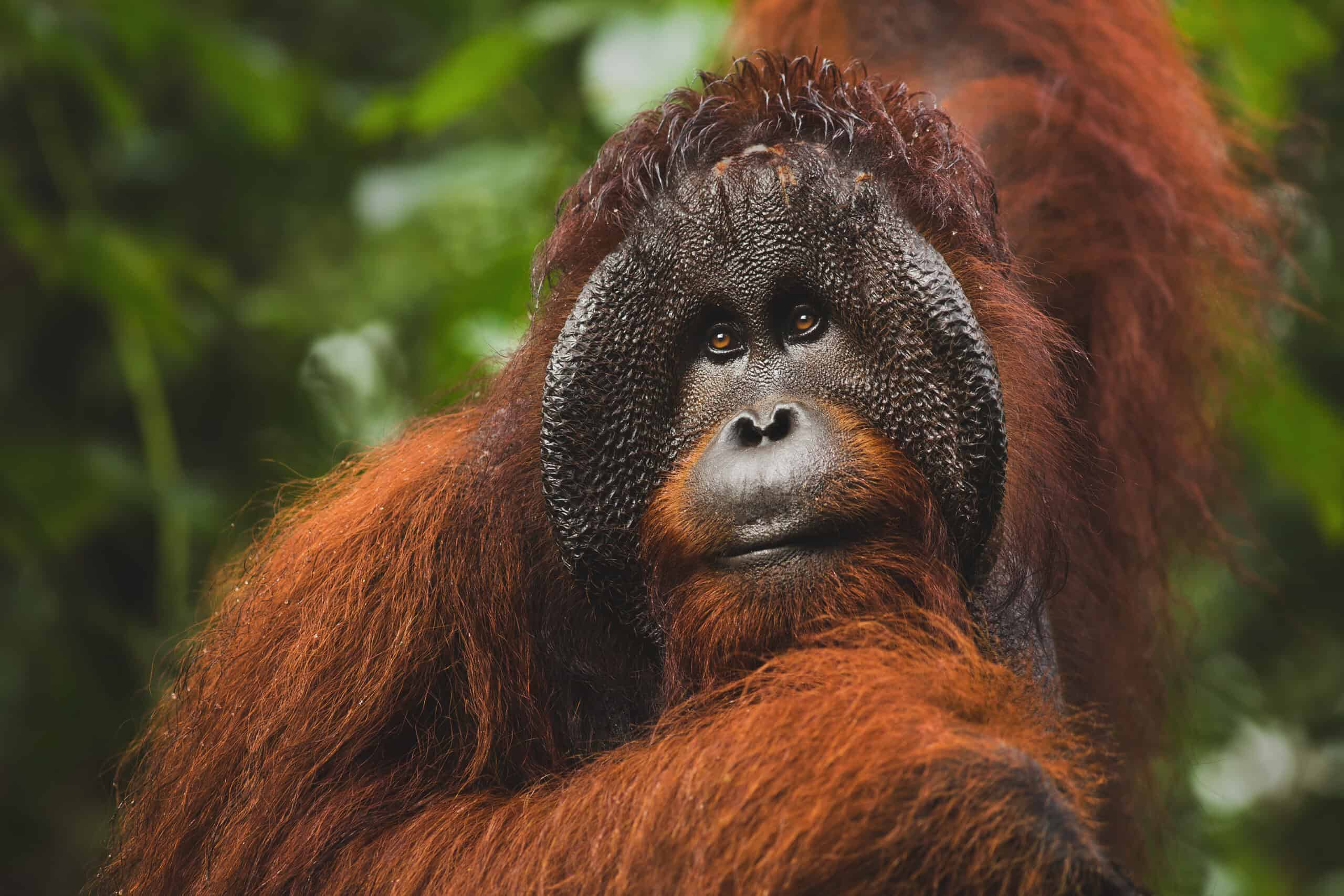
The Bornean orangutan is critically endangered, with an estimated population of around 104,700 individuals. Found on the island of Borneo, they face significant threats from deforestation, palm oil plantations, and hunting. Bornean orangutans are highly intelligent and primarily arboreal, using the forest canopy for travel and foraging. They have a slow reproductive rate, similar to their Sumatran relatives. Conservation efforts focus on habitat preservation, reforestation, and anti-poaching measures.
Hawksbill Turtle
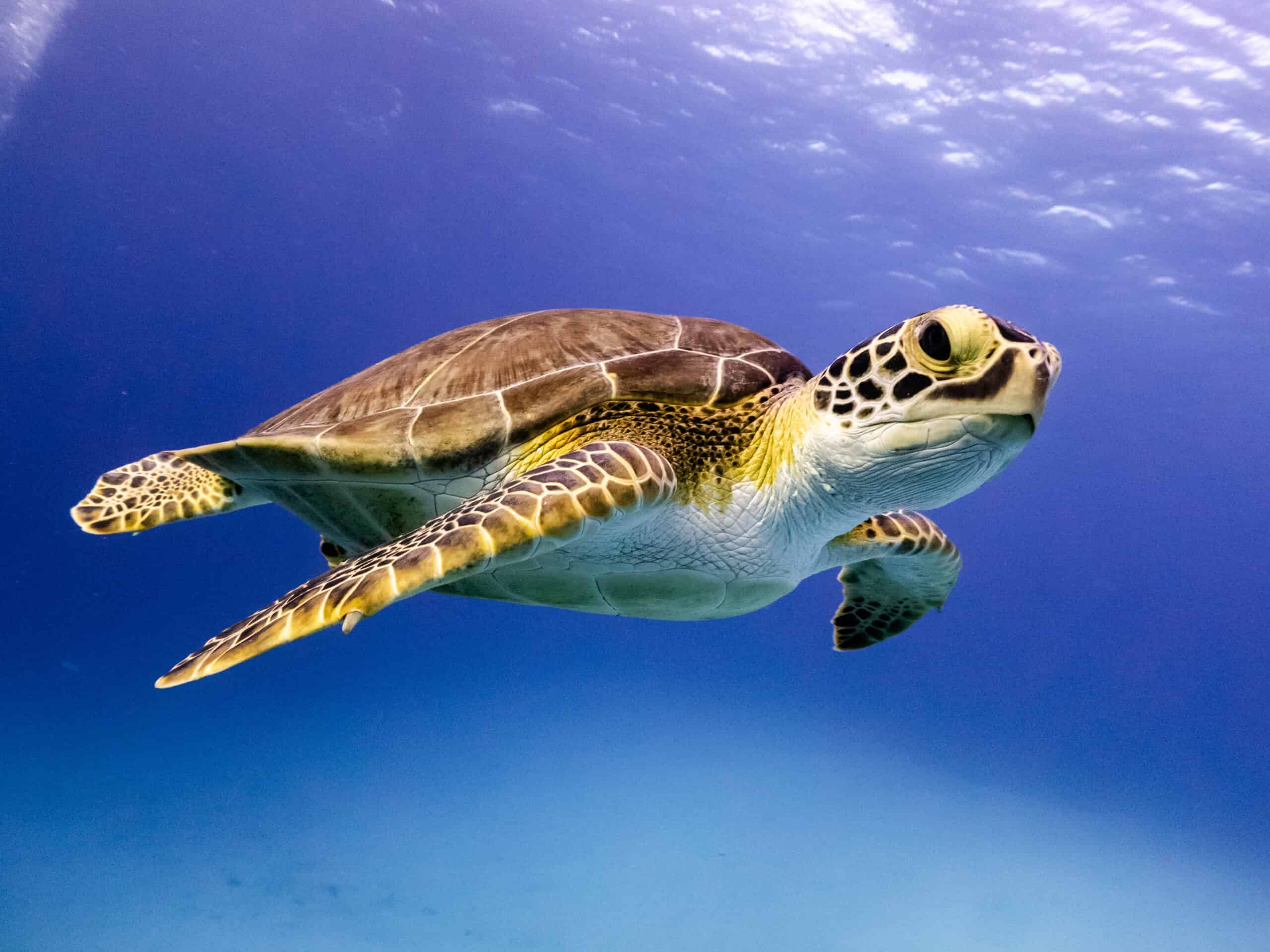
Although primarily marine, the hawksbill turtle also depends on terrestrial habitats for nesting, making it an endangered species. Found in tropical oceans around coral reefs, their populations are declining due to illegal trade in their beautiful shells. Hawksbill turtles are crucial for the health of coral reefs, as they help control sponge populations. Conservation efforts include protecting nesting sites, reducing bycatch in fisheries, and combating illegal trade. International cooperation is essential to ensure their survival.
Cross River Gorilla
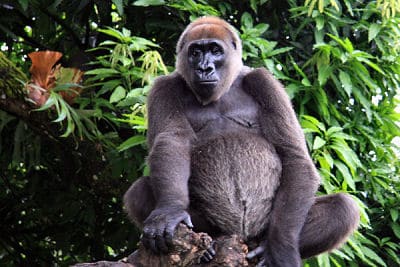
The Cross River gorilla is a critically endangered subspecies of the western gorilla, with fewer than 300 individuals remaining. They inhabit a small region along the Nigeria-Cameroon border. Habitat loss, hunting, and human-wildlife conflict are significant threats. Cross River gorillas are known for their shyness and tendency to avoid human contact. Conservation initiatives include habitat protection, anti-poaching patrols, and community-based conservation programs.
Yangtze Finless Porpoise

The Yangtze finless porpoise is critically endangered, with fewer than 1,000 individuals left in the Yangtze River. Habitat degradation, pollution, and ship traffic are major threats to their survival. They are the only freshwater porpoise species and have a distinctive rounded head and lack of a dorsal fin. Conservation efforts focus on habitat restoration, reducing pollution, and establishing protected areas. Increasing public awareness and reducing human impacts are crucial for their recovery.
Iberian Lynx
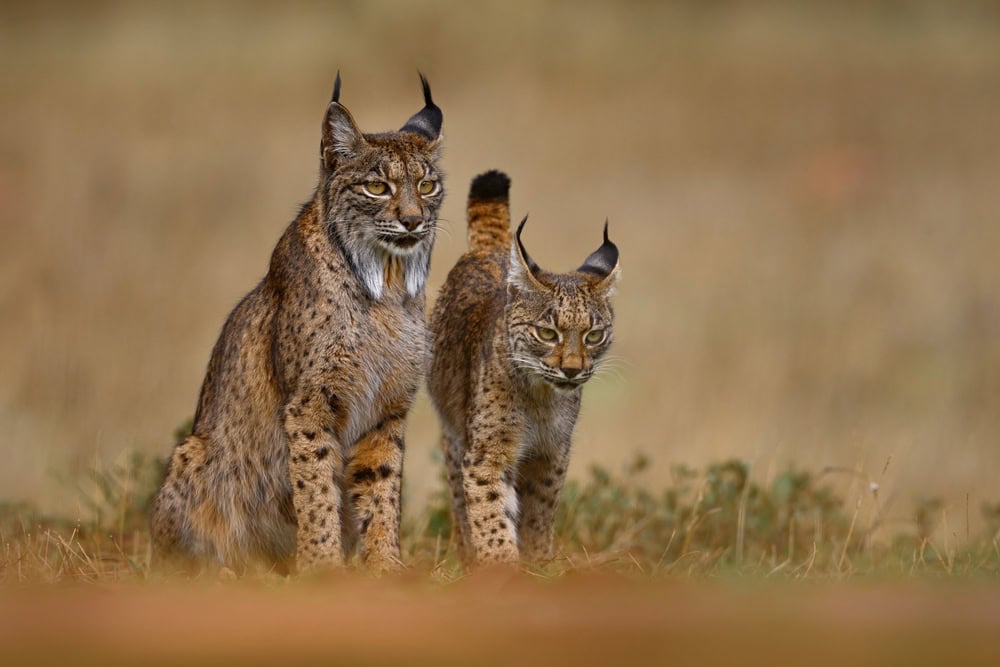
The Iberian lynx is the world’s most endangered feline, with a population of around 1,000 individuals. Found in the Iberian Peninsula, they are threatened by habitat loss, road accidents, and declining prey populations. Iberian lynxes have a distinctive appearance, with tufted ears and a short tail. Conservation efforts have led to a gradual increase in their population, with successful reintroduction programs and habitat restoration. Continued efforts are needed to secure their long-term survival.
Northern Hairy-nosed Wombat
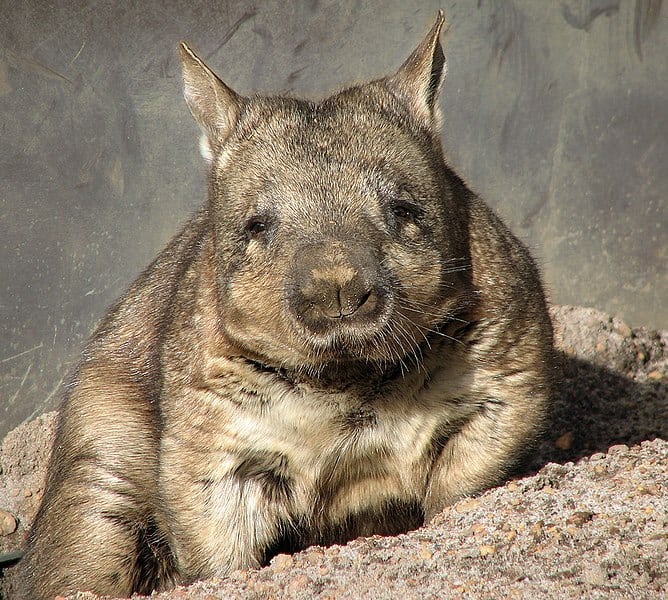
The northern hairy-nosed wombat is critically endangered, with only about 250 individuals remaining in a single location in Queensland, Australia. Habitat destruction and competition with livestock have severely impacted their population. These wombats have a distinctive hairy nose and are nocturnal, living in complex burrow systems. Conservation efforts include habitat protection, predator control, and establishing new populations in secure areas. Intensive management and monitoring are essential for their survival.
Pangolin
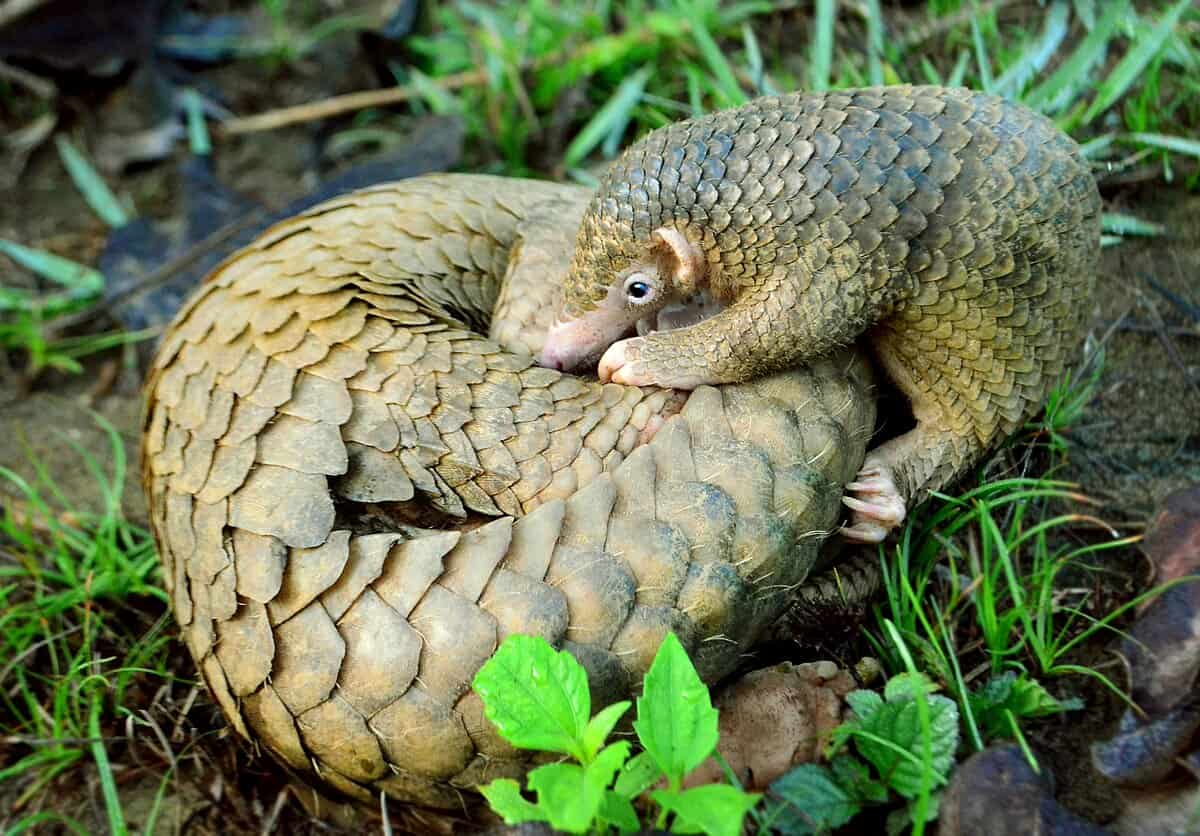
Pangolins, often referred to as scaly anteaters, are critically endangered due to illegal poaching and trafficking for their scales and meat. Found in Asia and Africa, there are eight species of pangolins, all facing severe threats. They are unique in their ability to roll into a ball when threatened, covered in tough, overlapping scales. Conservation efforts focus on anti-poaching measures, reducing demand for pangolin products, and rehabilitating rescued individuals. Increased global awareness and stricter enforcement of wildlife protection laws are vital for their protection.
Red Wolf
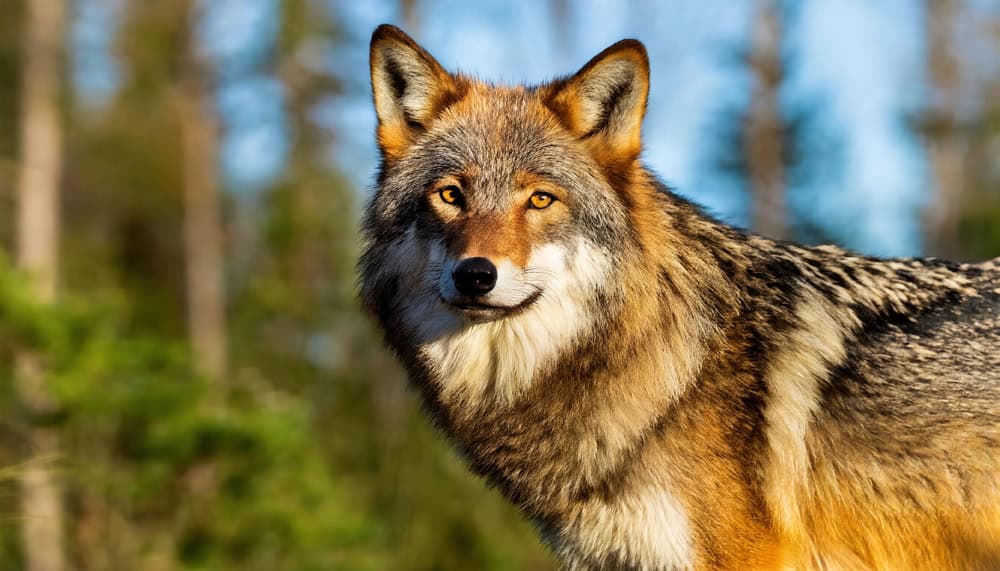
The red wolf is critically endangered, with fewer than 20 individuals left in the wild, primarily in North Carolina. Habitat loss, hybridization with coyotes, and human persecution have drastically reduced their numbers. Red wolves are smaller than gray wolves and have a reddish-tawny coat. Conservation efforts include captive breeding programs, reintroduction initiatives, and habitat protection. Public education and reducing human-wildlife conflict are essential for their recovery.
Eastern Lowland Gorilla
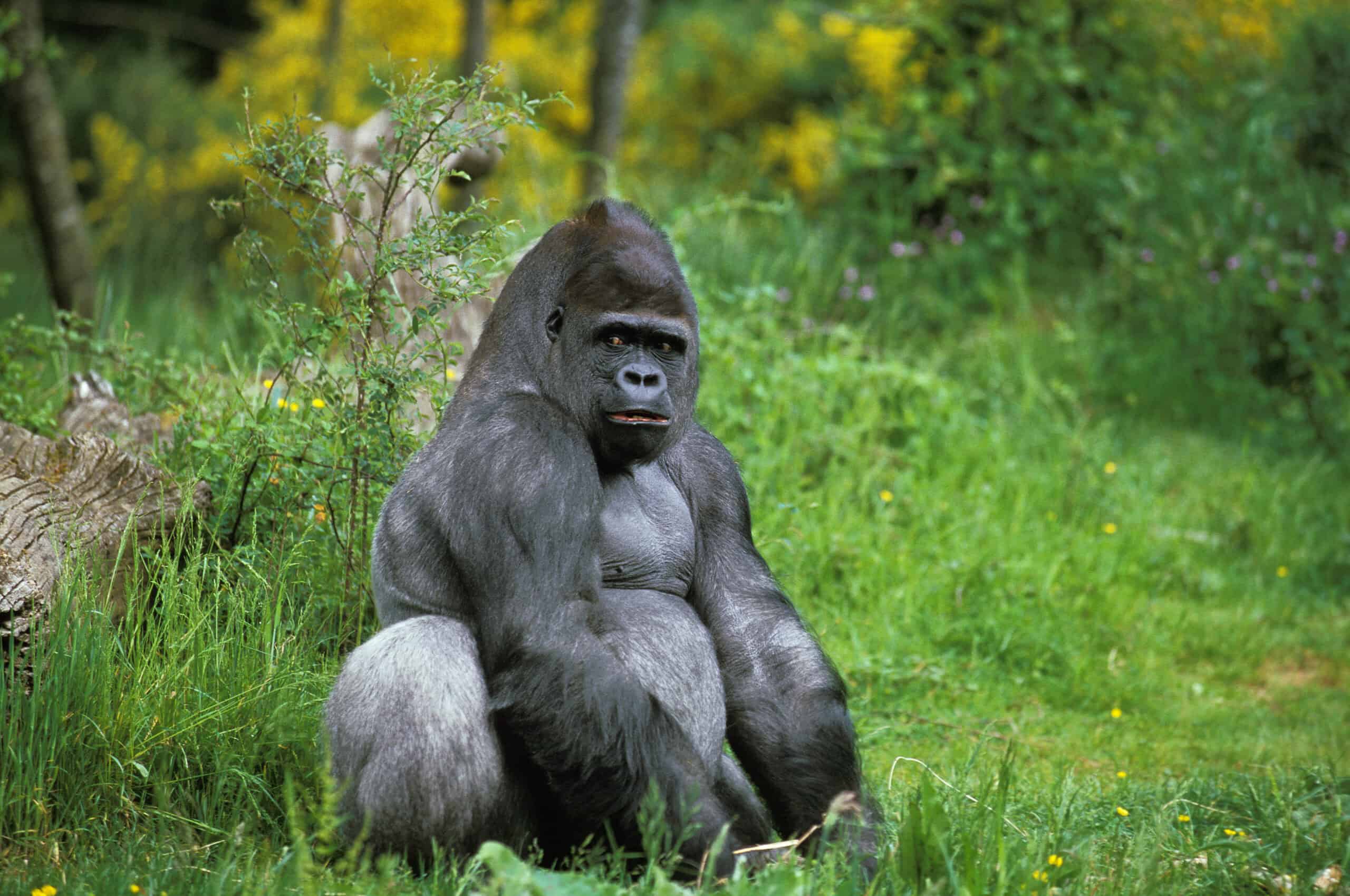
The eastern lowland gorilla, also known as Grauer’s gorilla, is critically endangered, with an estimated population of fewer than 4,000 individuals. Found in the Democratic Republic of Congo, they face threats from habitat destruction, poaching, and civil unrest. They are the largest of the four gorilla subspecies, with a stocky build and dark fur. Conservation efforts focus on protecting their habitat, anti-poaching measures, and community engagement programs. Ensuring political stability and sustainable development in their range is crucial for their survival.
Hirola
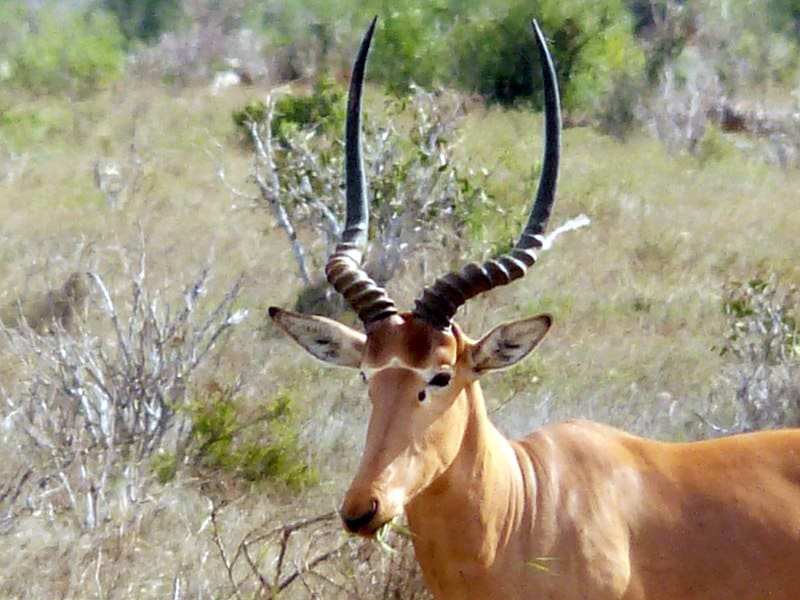
The hirola, also known as the Hunter’s hartebeest, is critically endangered, with fewer than 500 individuals remaining in Kenya and Somalia. Habitat loss, poaching, and competition with livestock are major threats. Hirolas have distinctive white “spectacles” around their eyes and long, curved horns. Conservation efforts include habitat restoration, anti-poaching patrols, and establishing protected areas. Community-based conservation initiatives are vital for their long-term survival.
Bactrian Camel
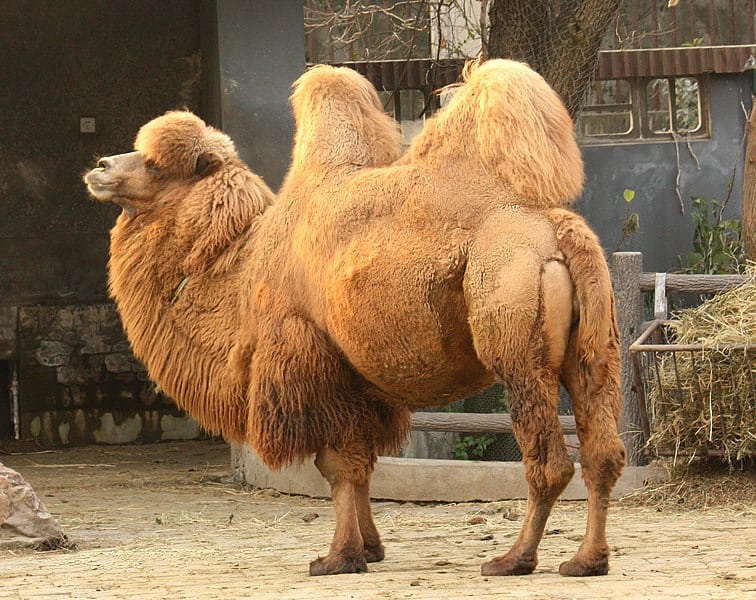
The wild Bactrian camel is critically endangered, with fewer than 1,000 individuals left in the deserts of China and Mongolia. They are well-adapted to harsh desert conditions, with two humps for fat storage and the ability to drink salty water. Habitat degradation, illegal hunting, and competition with domestic livestock threaten their survival. Conservation efforts focus on habitat protection, reducing human-wildlife conflict, and breeding programs. International cooperation and research are essential to ensure their survival.
This article originally appeared on Rarest.org.
More From Rarest.Org
Bats are some of the most diverse and fascinating creatures on the planet, with over 1,300 species exhibiting a wide range of sizes, shapes, and behaviors. From the world’s smallest mammal to the fastest flyer, these nocturnal mammals have evolved unique traits that make them stand out. Read more.
College football is not just a game; itâs a significant revenue driver for many universities across the United States. The financial impact of these programs extends beyond the field, influencing the entire athletic department and even the academic institutions they represent. Read more.
Snakes are fascinating creatures with a wide variety of patterns and colors, each serving a unique purpose in their survival. From the shimmering iridescence of some species to the striking stripes and bold patches of others, these patterns are more than just beautiful, they’re crucial for camouflage, communication, and even deterring predators. Read more.

